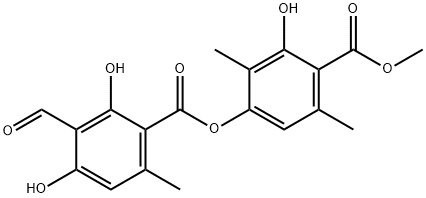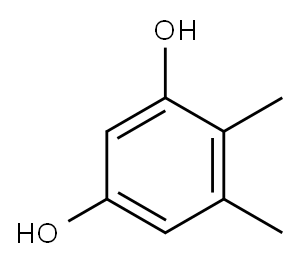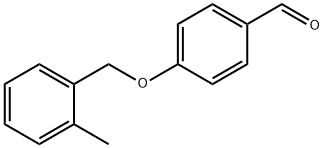Atranorin , 98% , 479-20-9
Synonym(s):
3-Formyl-2,4-dihydroxy-6-methylbenzoic acid 3-hydroxy-4-(methoxycarbonyl)-2,5-dimethylphenyl ester;Atranoric acid;Parmelin;Parmelin acid;Usnarin
CAS NO.:479-20-9
Empirical Formula: C19H18O8
Molecular Weight: 374.34
MDL number: MFCD00016597
EINECS: 207-527-7
| Pack Size | Price | Stock | Quantity |
| 5mg | RMB1584.00 | In Stock |
|
| others | Enquire |
PRODUCT Properties
| Melting point: | 156-158°C |
| storage temp. | Store at -20°C |
| solubility | Chloroform: soluble,DMSO: soluble |
| form | A crystalline solid |
| color | White to off-white |
| LogP | 6.140 (est) |
Description and Uses
Atranorin is a depside lichen metabolite that has been found in S. alpinum and has diverse biological activities. It is active against the bacteria B. cereus, B. subtilis, S. aureus, S. faecalis, P. vulgaris, L. monocytogenes, and A. hydrophila (MICs = 1.67, 0.38, 26.7, 13.4, 3.34, 9.83, and 1.67 mM, respectively), the fungi C. albicans and C. glabrata (MIC = 26.7 mM for both), as well as the mycobacterium M. aurum (MIC = 250 μg/ml). Atranorin is cytotoxic to A270, HL-60, and Jurkat cancer cells (IC50s = 197.9, 93.5, and 181.6 μM, respectively) but not HeLa, MCF-7, SK-BR-3, or HT-29 cancer cells (IC50s = >200 μM). It inhibits acetic acid-induced writhing in mice when administered orally at doses of 200 and 400 mg/kg. Atranorin (200 and 400 mg/kg, p.o.) also reduces paw licking and biting in the second, but not first, phase of the formalin test when administered 30 minutes prior to formalin in mice.
antinociceptive, antiinflammatory, antibacterial
Safety
| Symbol(GHS) |  GHS07 |
| Signal word | Warning |
| Hazard statements | H317 |
| Precautionary statements | P280-P302+P352 |
| Toxicity | skn-gpg 5% CODEDG 11,168,1984 |





